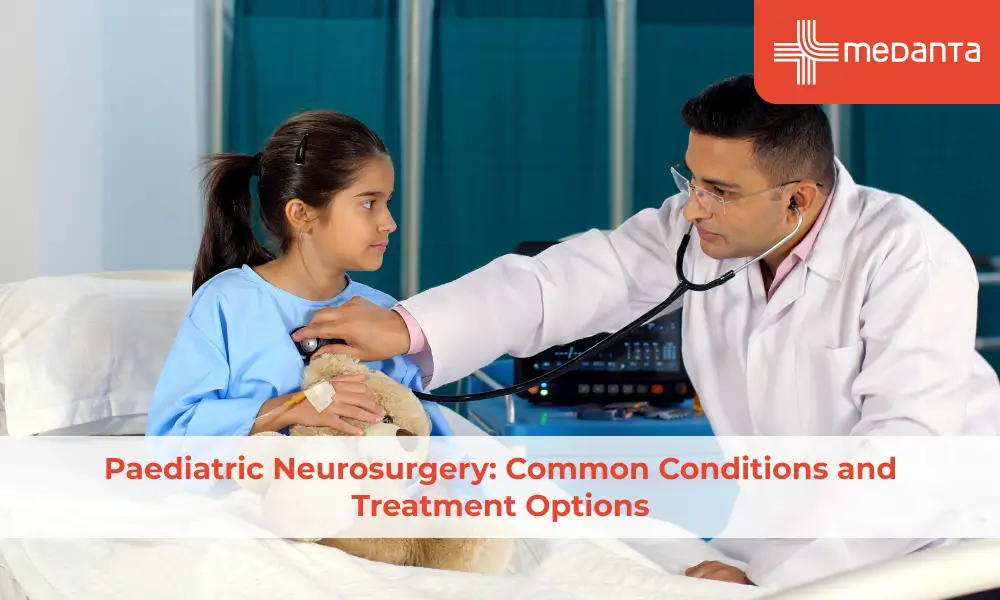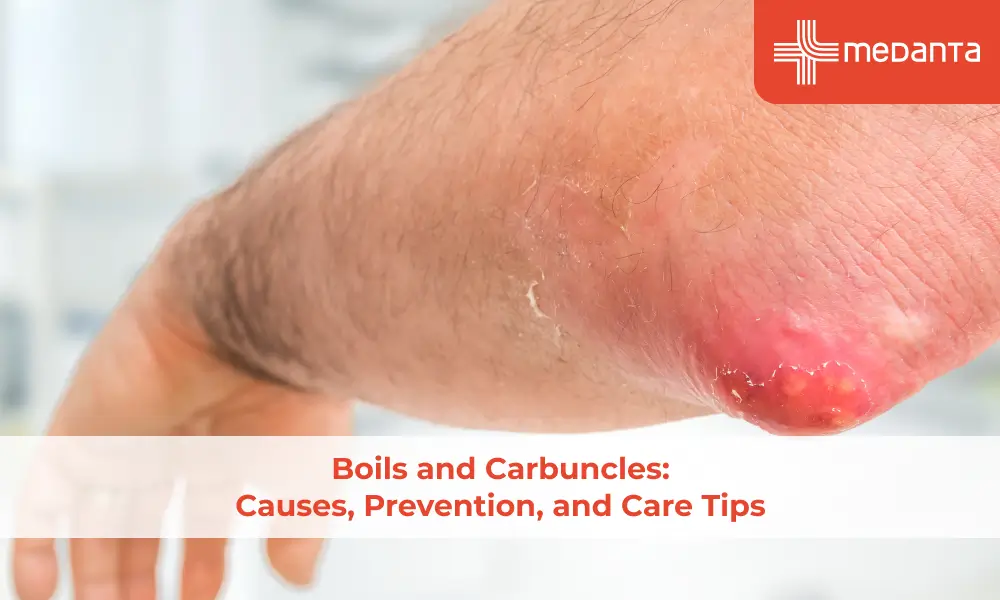What are the stages of the cardiac cycle?

TABLE OF CONTENTS
Let us understand more about the cardiac cycle and its stages.
Introduction:
The heart is an organ that pumps blood throughout the body. It takes deoxygenated blood from the body, pumps it to the lungs for oxygenation, brings back oxygenated blood, and pumps it back to the rest of the body, in a single cardiac cycle between its left and right sides. The number of cycles or the speed of cycles is controlled by the conducting system of the heart. The nodes in this system act as pacemakers. However, even when the heart rate is increased, the heart goes through the exact same cycle every single beat. This is made possible by the unique arrangement of the muscle fibers, valves, and conducting nerve fibers within the heart that help trigger contractions in the heart.
The left and right halves of the heart function independently. The right side handles the circulation of deoxygenated blood between the body and the lungs and the left side handles the distribution of oxygenated blood from the lungs, back to the body.
Cardiac cycle:
A healthy heart that beats 70-75 times a minute takes about 0.8 seconds to complete each cardiac cycle.
Each cardiac cycle consists of two main parts - a contractive phase called the systole and a relaxation phase that allows the heart cavities to refill with blood to be pumped, known as the diastole.
Each part is further divided into two component stages - the atrial and the ventricular. The atria and ventricles contract at slightly different times.
The four stages of the cardiac cycle are as follows:
Atrial systole - about 0.1 seconds
Ventricular systole - about 0.3 seconds
Atrial diastole - about 0.7 seconds
Ventricular diastole - about 0.5 seconds
Technically, the cycle is not this simple and involves overlapping stages. This is why you will notice the times of each stage do not add up to a total of 0.8 secs as we discussed. Ideally, the stages are called isovolumetric relaxation, inflow, isovolumetric contraction, and ejection. However, for the sake of simplicity, we will stick to the simpler-to-understand staging.
The heart will not be able to pump efficiently unless these steps are precise in the timing and well-coordinated with each other.
The stages of the cardiac cycle are explained below:
The cycle begins with ventricular diastole, with both chambers (atria and ventricles) relaxed.
Towards the end of the ventricular diastole, the atria on both sides contract in the Atrial systole stage, pushing more blood into both the ventricles with pressure.
When the ventricles are fully filled, the Ventricular systole begins and the ventricle contracts, closing the mitral and tricuspid valves and the blood is ejected from the right and left sides into the pulmonary artery and aorta respectively.
By this time, the atria are in Atrial diastole and relaxed.
As ventricular diastole begins again, the semilunar valves at the mouth of the pulmonary artery and the aorta close, preventing backflow and ensuring that the ventricles receive blood only from the atria before the next cycle.






